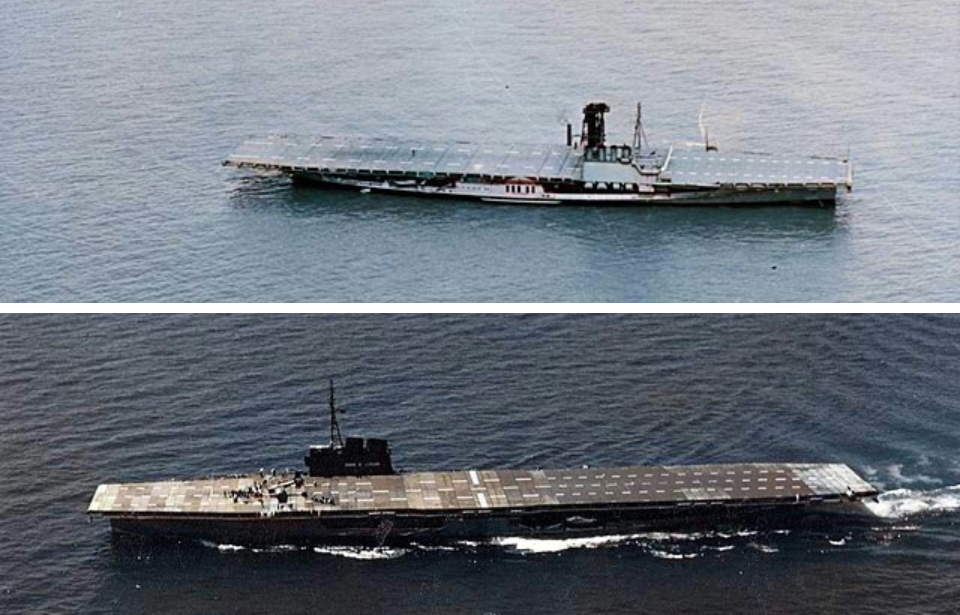Turning luxury vessels into aircraft carriers
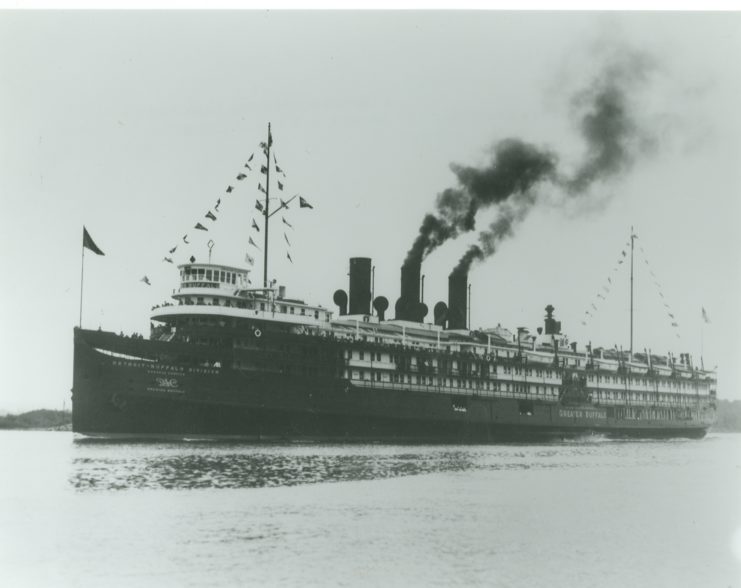
Cmdr. Richard F. Whitehead, an aviation aide stationed at the Great Lakes Training Center, Glenview Naval Air Station, Chicago, first proposed the concept of using civilian vessels for pilot training. He foresaw the advantages of conducting training away from combat zones, an idea he strongly championed.
At first, military officials showed little interest in the concept. However, the events of December 1941, particularly the Japanese attack on Pearl Harbor, quickly shifted their perspective. As the shortage of aircraft carriers became obvious on the frontlines, Adm. Ernest J. King swiftly endorsed Whitehead’s proposal.
USS Sable (IX-81)
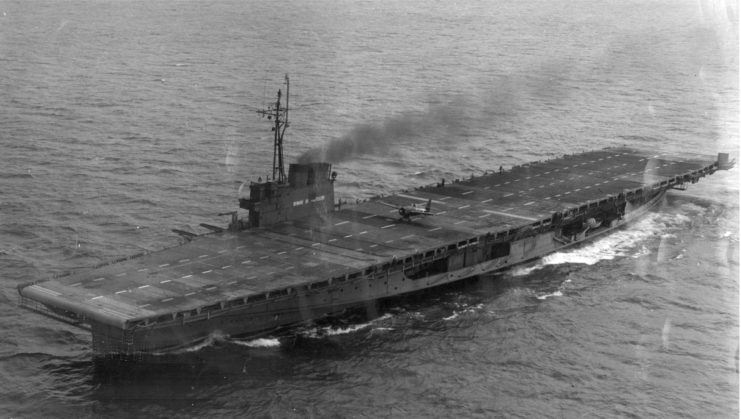
Originally christened Greater Buffalo in October 1924, the USS Sable began her career as a side-wheel excursion steamboat. Known for her Renaissance-inspired design and dubbed the “Majestic of the Great Lakes,” she could accommodate over 1,500 passengers, 103 vehicles and nearly 1,000 tons of cargo.
When acquired by the US Navy, Greater Buffalo underwent several significant modifications. Her cabins and superstructure were removed and replaced with steel supports. However, unlike her counterpart, the USS Wolverine, Sable was equipped with a steel flight deck instead of the planned wooden deck, a decision made to aid in testing non-skid coatings for the military.
Renamed the USS Sable, she, like her sister ship, was unarmed and lacked armor, elevators or a hangar deck.
A fascinating aspect of her naval service was the large number of crew members who had previously served aboard the USS Lexington (CV-2), which was lost during the Battle of the Coral Sea.
USS Wolverine (IX-64)
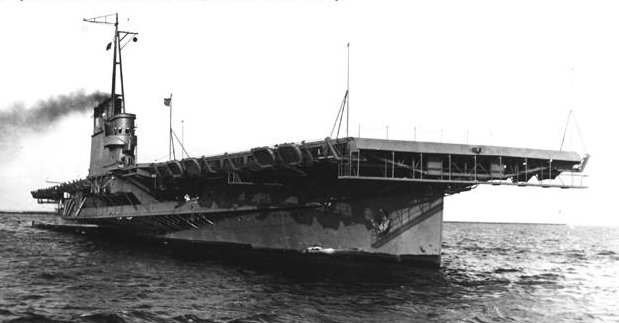
Originally launched as the Seeandbee in November 1912, the USS Wolverine began her journey as a luxurious side-wheel paddle steamer serving the Great Lakes. Capable of carrying up to 6,000 passengers and hauling 1,500 tons of cargo, she worked routes between Cleveland, Ohio, and Buffalo, New York.
In 1942, the US Navy acquired the Seeandbee, with plans to convert her into an aircraft carrier. The vessel’s stability and maneuverability, thanks to her side-wheel paddles, made her an appealing choice.
The conversion involved adding a 550-foot wooden flight deck, a new superstructure and arresting cables. Renamed Wolverine, she took on the appearance of a smaller aircraft carrier. However, she lacked several key features found on larger, ocean-going carriers, such as weapons, armor, elevators and a hangar deck. Additionally, her flight deck was located closer to the waterline.
Training pilots in the Great Lakes
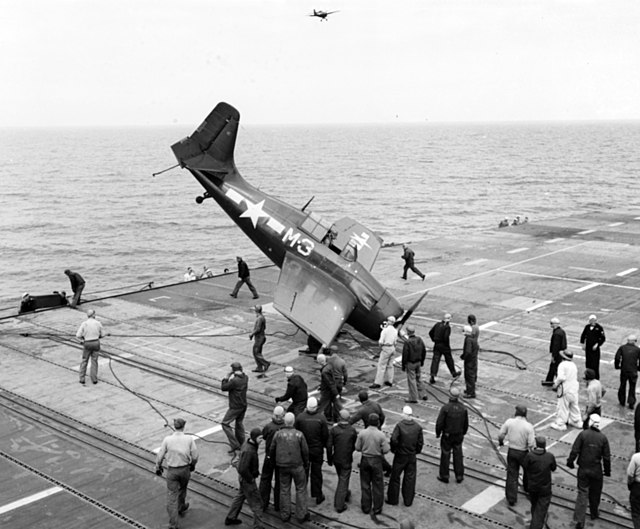
By 1943, both the USS Wolverine and Sable – nicknamed the “Corn Belt Fleet” – were stationed out of Navy Pier, in Chicago. They were assigned to the 9th Naval District Carrier Qualification Training Unit (CQTU), and operated throughout Lake Michigan.
Trainees were taught how to takeoff and land on aircraft carriers, with the idea being that, if they could successfully accomplish their tasks on the shorter flight decks, then the larger ones wouldn’t be an issue. While conducting their training, the pilots were made to keep their cockpits open, in the event of a crash, and to “graduate” they had to carry out 10 (later eight) takeoffs and landings.
Training occurred seven days a week. However, it was often curtailed due to a lack of wind over the decks of the aircraft carriers. In order for aircraft to effectively take off, they need a certain amount of wind, and the lack of it over Lake Michigan meant that heavy aircraft like the Grumman F6F Hellcat, Vought F4U Corsair, Douglas SBD Dauntless and Grumman TBM Avenger were unable to operate from them.
Over the course of the Second World War, Wolverine and Sable trained 17,820 pilots, including future US President George H.W. Bush, and were the sites of 116,000 landings. Fewer than 300 aircraft were lost. On top of training aviators, Sable was also used to test the TDR-1, a wooden remote-controlled drone.
Decommissioning of the USS Wolverine (IX-64) and Sable (IX-81)
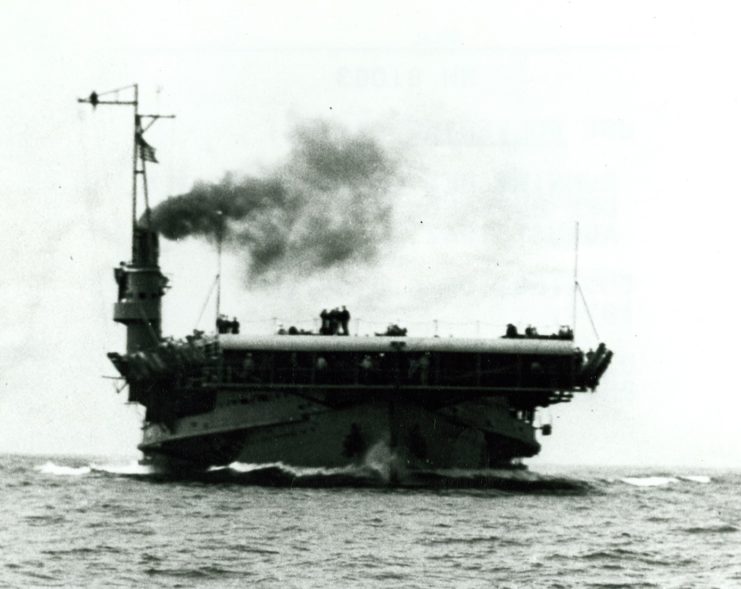
After World War II ended, the USS Wolverine and Sable were taken out of commission and struck from the Naval Vessel Register. Wolverine was put up for sale to the public, either for flag operations or scrapping, and was eventually sold for scrap in December 1947.
Are you a fan of all things ships and submarines? If so, subscribe to our Daily Warships newsletter!
The Great Lakes Historical Society’s effort to convert Sable into a museum was not successful. Following that, the ship was sold to the US Maritime Commission, where it was disassembled and scrapped.
